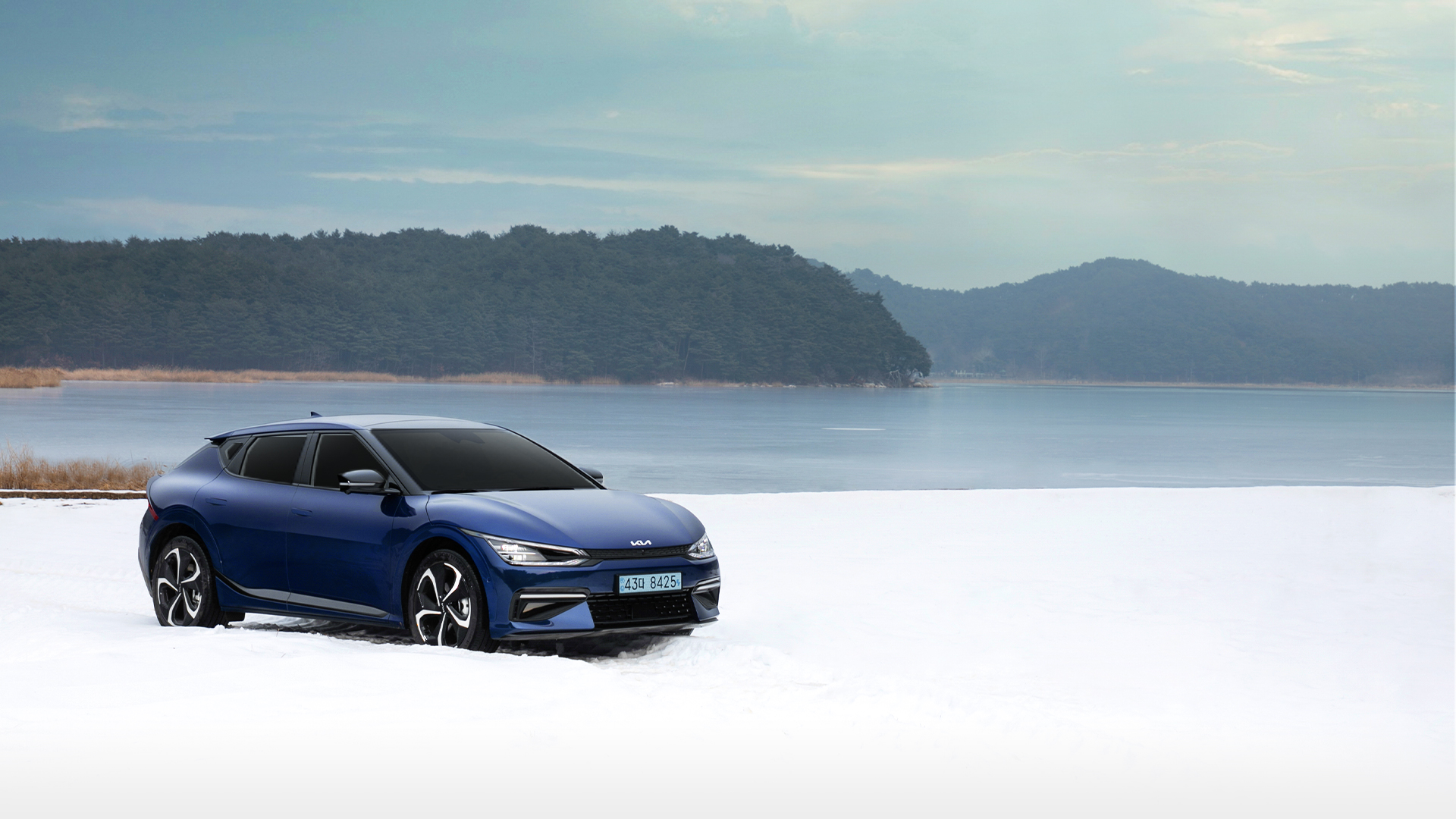
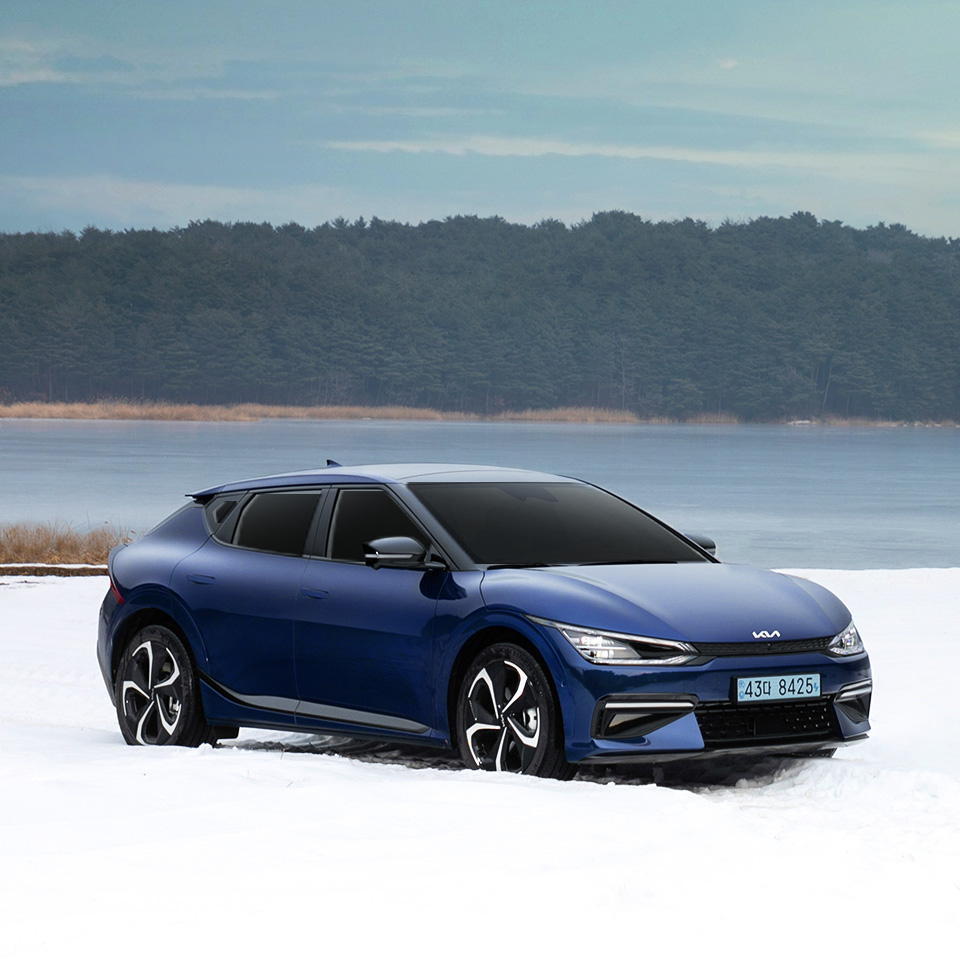


Winter is a harsh season not only for drivers but also for cars. So we take care of the condition of the frozen car; we warm it up and pay more attention to it. The same goes for electric vehicles. However, if you are familiar with the characteristics of electric vehicles, winter may feel more comfortable than if you own an internal combustion engine.
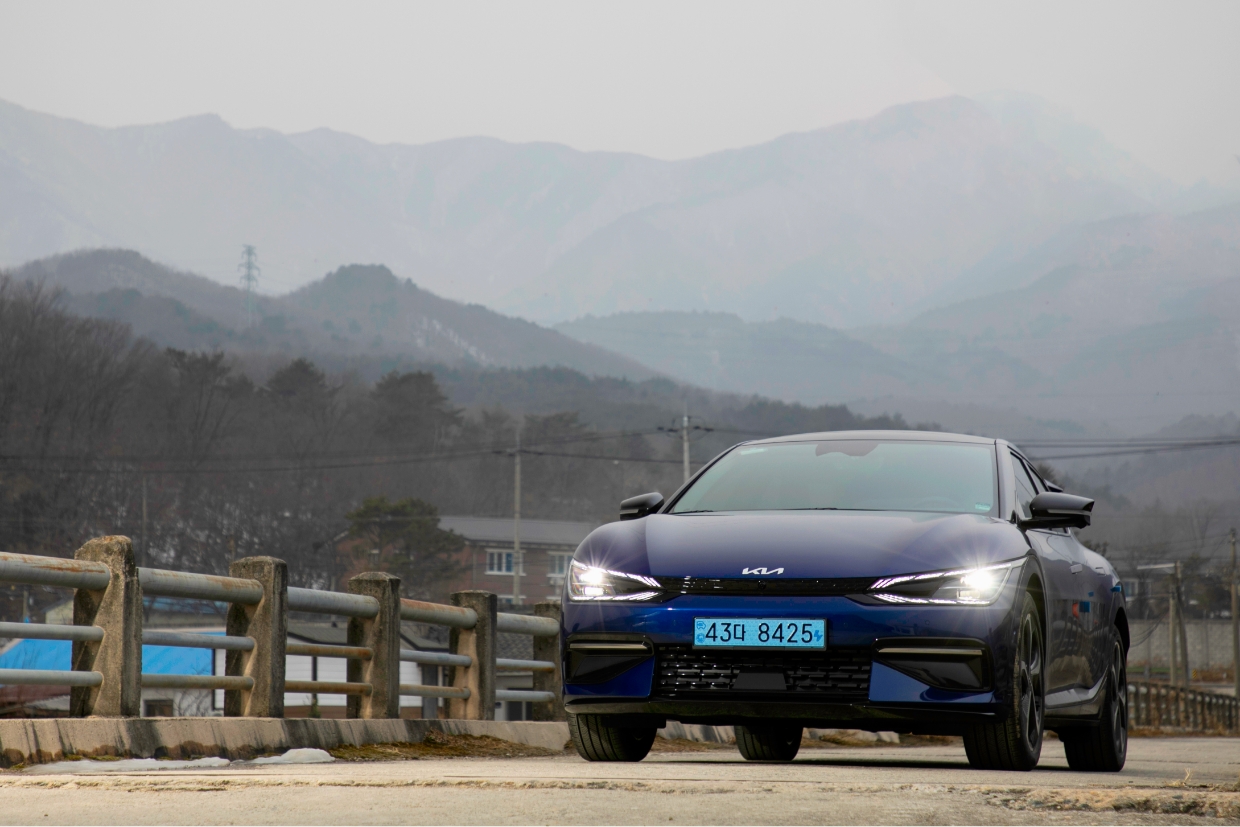
Ordinary electric vehicles may have their single-charge range reduced in winter. Just as the fuel efficiency of an internal combustion engine decreases in cold weather, the battery efficiency of electric vehicles also decreases - because of the characteristics of lithium-ion batteries. The inside of the battery is composed of a liquid electrolyte, and the electrolyte acts as a road for lithium ions to travel between the positive and negative electrodes. However, when the temperature drops, the electrolyte hardens and the internal resistance increases, which lowers the efficiency. As such, the temperature has a significant impact on battery efficiency.
Automakers are researching various ways to overcome this. So the difference between single-charge ranges on warm (or room temperature) and cold days is not huge for modern electric vehicles. The Kia EV6 is a good example. The single-charge range of the EV6 long-range 2WD model with 19-inch wheels is 483 km at room temperature and 446 km at low temperature. The EV6 is an electric vehicle with the least decrease in the single-charge range at low temperatures. EV6 owners don't have to worry about their car's route and usage patterns in winter.

The single-charge range of each electric vehicle is measured at room temperature (25℃) and low temperature (-7℃), respectively, and the heater is operated as much as possible at low temperature (Korean standard). This is because electric vehicles use power from batteries to drive heaters, unlike internal combustion engines that use heat from the engine for heating. In fact, electric heaters consume a lot of power, hence decreased mileage, depending on how much you used the heater. This is why some EVs or older EVs lose so much battery efficiency in winter.
However, since the Soul EV in 2014, Hyundai Motor Group has been conserving even the energy used to operate electric heaters by using a heat pump system that uses waste heat generated from various EV parts for indoor heating; and of course, the EV6 is also equipped with the latest heat pump system. This is helping to reduce the EV6's single-charge range decrease in winter.
For reference, the heat pump vaporizes a liquid eco-friendly refrigerant using waste heat generated from electrical components and delivers the high-pressure gas, which has gone through the compressor, to liquify it once again. The heat generated in the process is used to heat the room; Water needs heat to become vapor, and conversely, heat gets generated when vapor turns into water.
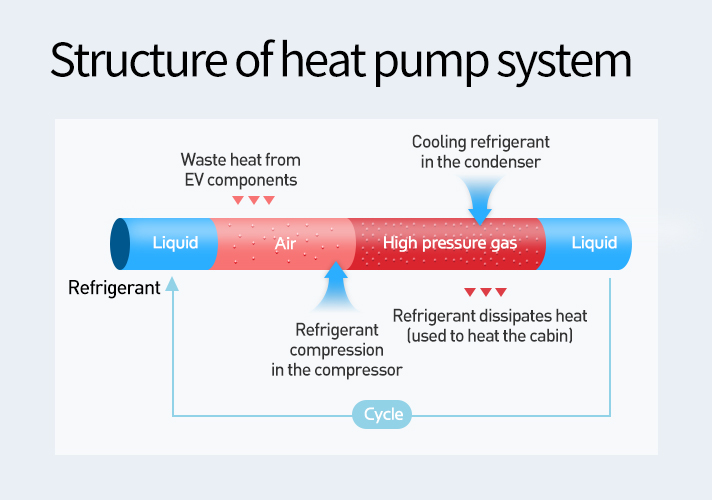
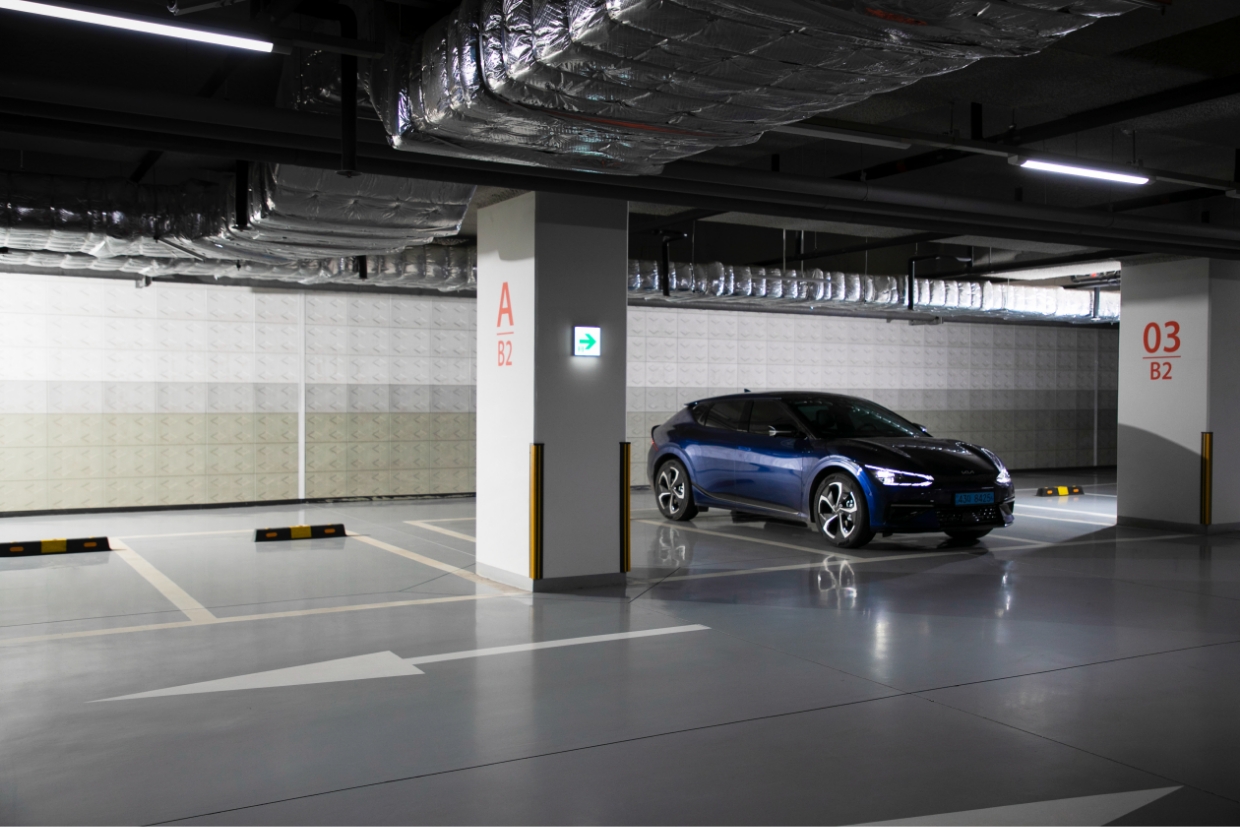
At low temperatures, batteries not only become less efficient but also charge slower. Therefore, it is better to use an indoor parking lot in winter for electric vehicles, just like internal combustion engines. Parking the internal combustion engines indoors also helps to protect the battery and shortens the engine warm-up time. Electric vehicles do not require warm-up, but they help maintain battery temperature.
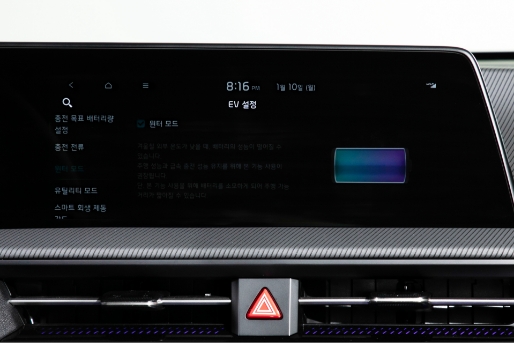
Hyundai Motor Group's latest dedicated electric vehicles, such as the EV6, have a 'battery heating system' that controls the battery temperature. A temperature-rising heater located outside the high-voltage battery heats up the cooling antifreeze to increase the battery temperature. Thanks to this, fast charging is possible even in winter. On the Kia EV6, you can use ‘Winter Mode’ by activating it, which helps to improve driving and charging performance in winter. However, winter mode uses electricity, so the mileage per charge may decrease. Therefore, it is recommended to use it appropriately when needed, such as right before the fast charging.
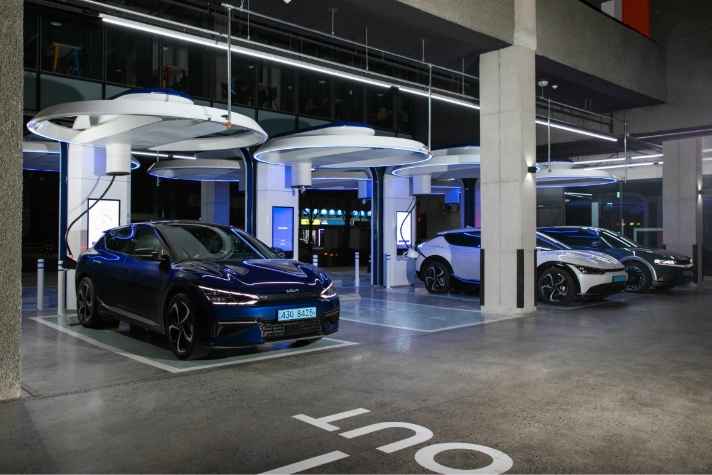
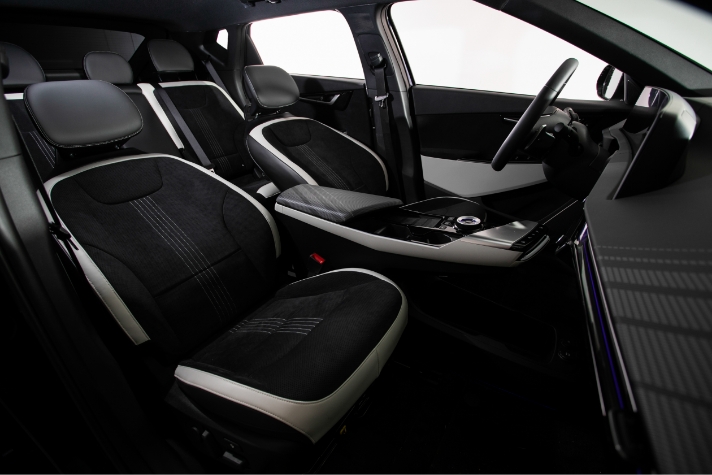
Utilizing the characteristics of electric vehicles makes driving in winter a little more comfortable. Electric vehicles use power from the charger while charging, so if you turn on the climate controller while charging, you can stay in a warm cabin without additional power consumption. If you wait in the car while charging, you can turn on the heating wire and electric heater, and relax on the Relax Comfort seat. If you are away while charging, set the climate control function to the desired temperature in advance. After setting the departure time, the climate controller (heater and air conditioner) operates at the temperature set according to the departure time through the climate control menu. The climate controller setting to the desired temperature level works with the charging cable connected, so you can start in a warm cabin without draining the vehicle battery power.
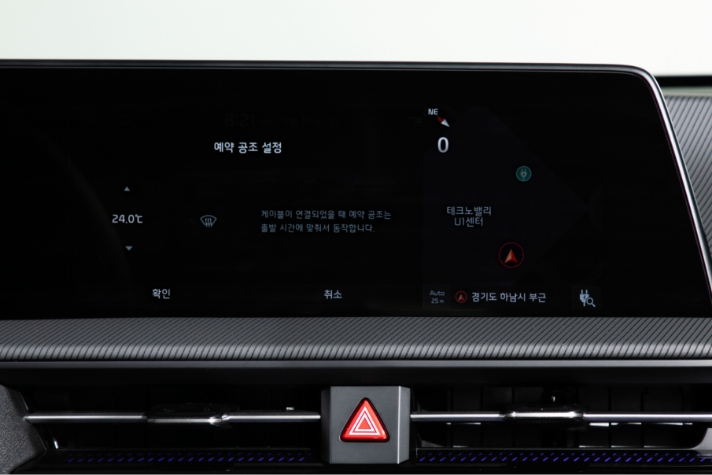
On the other hand, it is recommended to choose a slow or rapid charger wisely according to each situation. The lithium-ion battery of electric vehicles is safely controlled by the BMS (battery controller) and has a lifespan of more than 20 years. When the battery charge is below 20%, a full charge is recommended at least once a month, as slow charging to 100% will help maintain optimal battery performance.
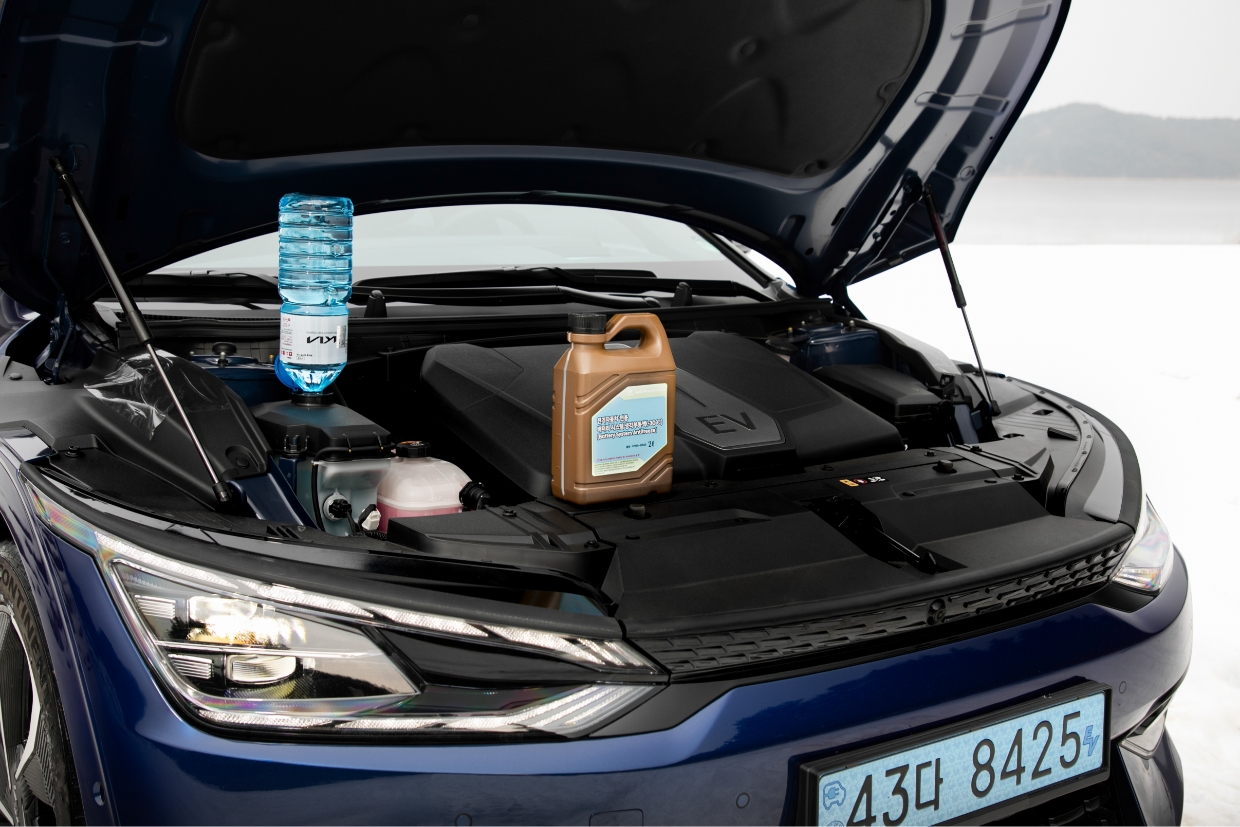
One of the advantages of electric vehicles is that they are easy to manage. Compared to internal combustion engines that use engine oil and transmission oil, there are fewer parts that need to be replaced regularly and the replacement cycle is longer. A typical example is a coolant (antifreeze). For the EV6, the coolant needs to be replaced after 200,000 km or 10 years of use, and every 40,000 km or every 2 years after the initial replacement.
In an internal combustion engine vehicle, coolant is responsible for cooling the engine. The electric vehicle's coolant is responsible for maintaining the battery temperature at a certain level. In other words, it cools and warms the battery. Electric vehicles are also like internal combustion engines, so when replacing the coolant, you must ask the customer center or partner company.
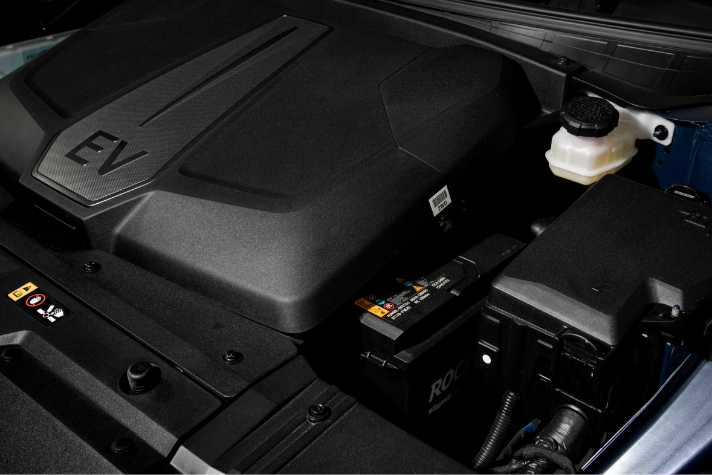
12V battery is also essential in electric vehicle management. The fact that electric vehicles with large batteries also use 12V batteries may be unfamiliar. However, in electric vehicles, all operating systems except the drivetrain operate at 12V. The instrument cluster and infotainment system are typical examples. Therefore, electric vehicles also need to be careful about discharging the 12V battery. When the power of the 12V battery runs out, it is charged by utilizing the driving battery or regenerative braking energy. However, typical batteries, such as 12V batteries, should be replaced when their lifespan runs out.
Roads in winter are slippery. You need to have enough traction to avoid embarrassment from this. So, the basis of tire management is to check the tread depth. Tires worn beyond the proper level cannot perform at their best and lacks grip, so the condition of the tire is judged by looking at the depth of the tread. Here's one easy way to check it; Place a penny into the main tread, and see if the top of Lincoln's head disappears between the ribs.
It is also a good idea to use winter tires in winter. Winter tires perform well on road surfaces below 7℃; The grip on snow and icy roads is also slightly higher. This is because the percentage of silica compound that softens the rubber is higher than that of all-season tires. In addition, winter tires use foam rubber with air bubbles on the surface, and the tread structure has more grooves and depth. This is to increase traction and quickly drain the water between the treads. As such, winter tires have a shorter braking distance than all-season tires on snowy and icy roads thanks to their materials and structure tailored to the winter environment.
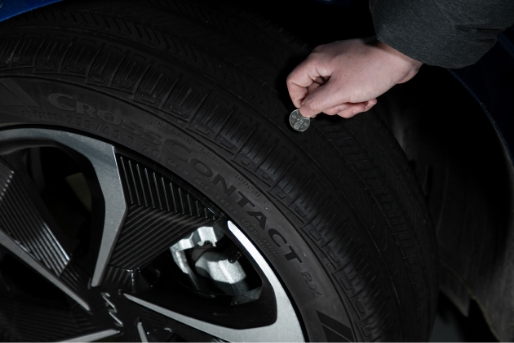
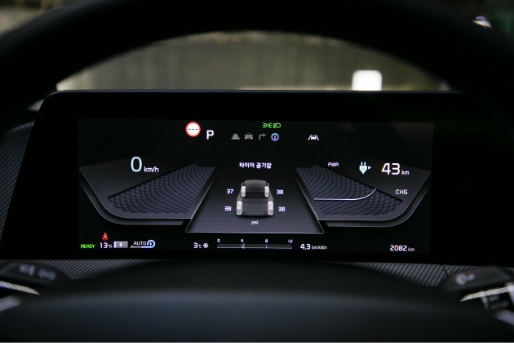
Tire pressure is also important. In winter, the lower temperature causes the gas to contract, so even with the same amount of air in it, the air pressure can be reduced. Tires with low air pressure won't do their job well. It can slip when changing direction or slowing down. Tire pressure can be checked through a tire-pressure monitoring system (TPMS). Therefore, when traveling for a long distance, it is necessary to check the tire pressure through TPMS after driving over a certain distance.
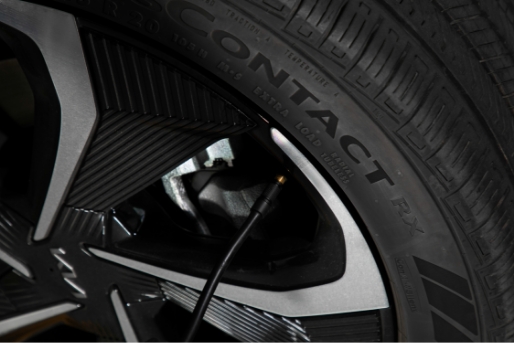
It is also helpful to have a portable tire pump. With a sufficient battery, you can easily fill the tire effortlessly. The 12V compressor included in the tire repair kit is also useful. Simply start the car, and plug it into a 12V power outlet. There are also foot pumps with air pressure gauges. Although it is slow, it can fill not only tires but also bicycle tires and tubes.

Black ice refers to the thin ice on the road surface. It is mainly formed in places with little sunlight or a lot of moisture. You must be extra careful when there are grooves on roads; they are to protect drivers from skidding. Also, be careful when there is snow on the roadside. This is because the snow accumulated on the roadside melts during the day flows into the road, and freezes at night to become black ice.
You should slow down in areas where there may be black ice. And don't hit the brake all at once, but hit it slowly over time. For internal combustion engines, it is better to use the engine brake to lower the speed. For the EV6, you can use regenerative braking instead of engine braking. You can adjust the strength of regenerative braking through the paddle shift, and you can also reduce the speed by slowly pulling the left paddle shift.
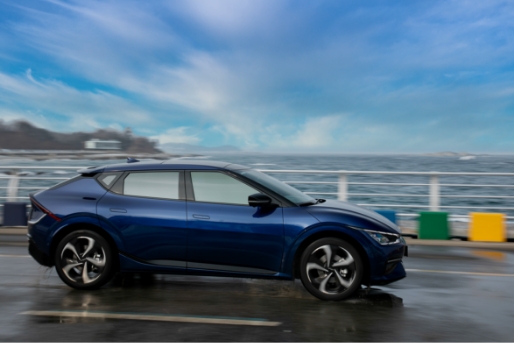
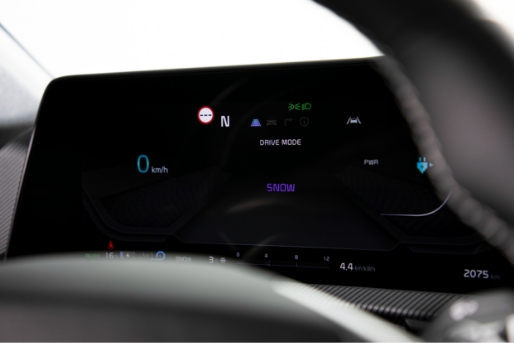
When driving on snowy roads, it is recommended to change the driving mode to Snow. Controlling the driving force transmitted to the wheels, not only enables a stable start on a slippery road surface but also keeps the grip of the tire while driving. This is to transmit the force as smoothly as possible so that the tire does not exceed the coefficient of friction. In Snow mode, the body posture control (VDC) also intervenes with agility to help prevent the vehicle from slipping.

Just because it's an electric car, winter maintenance isn't special. If you take a good look at the basics, it's easier to maintain than an internal combustion engine car. Considering the lowered battery performance in winter, you only need to pay a little more attention to charging. It is also good to use EV-specialized services when you are in distress. Kia's EV safety service helps customers safely move to the desired location in case of emergency, say, when your EV runs out of battery. The service is available for up to 5 years from the date of purchase.
Kia’s app for EV users, ‘eON’, has a pick-up-and-charge service. This service picks up the vehicle at the customer's desired location, charges the vehicle at a nearby charging station, and then brings the vehicle back to the customer's desired location. This can be useful when you cannot charge your EV, or when a family member suddenly needs your EV.
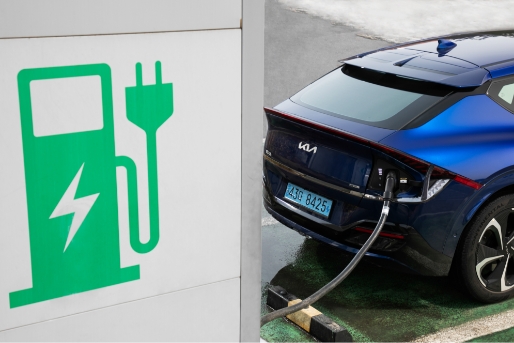
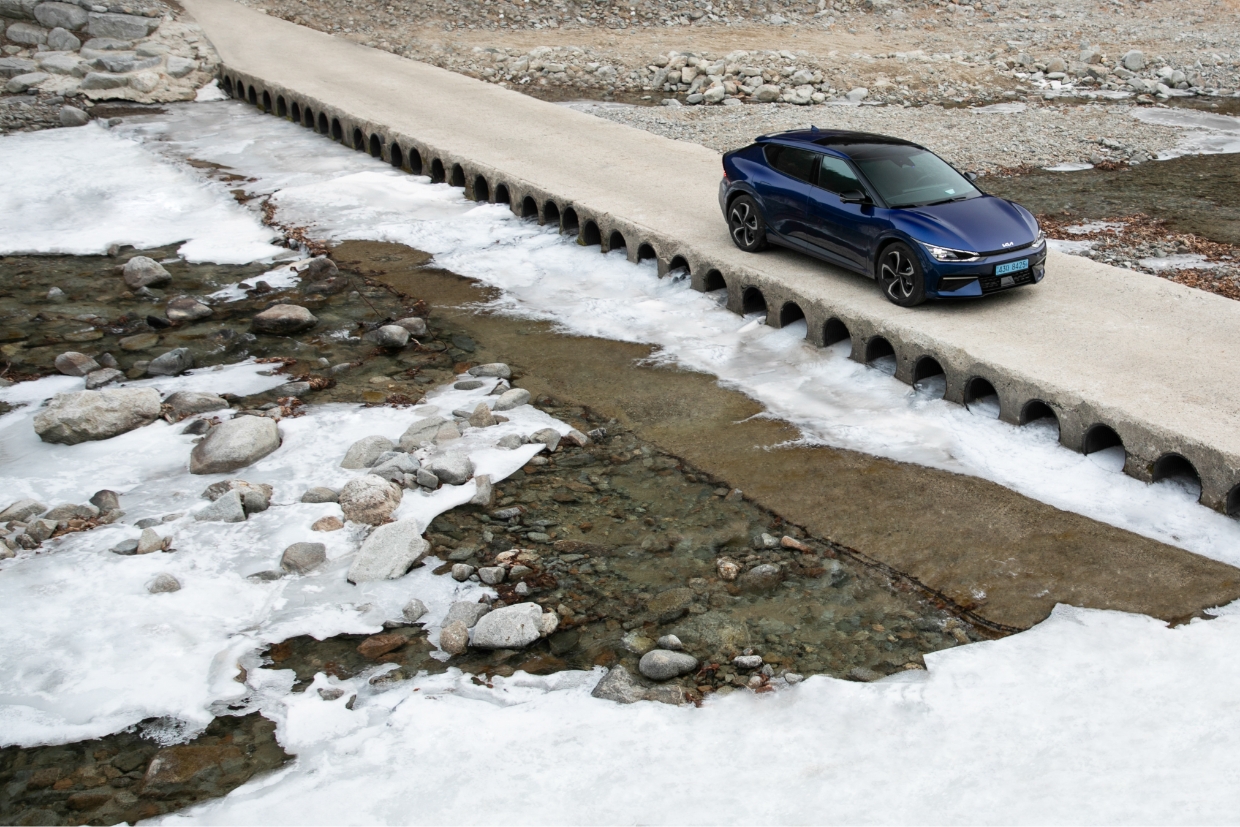
When early EVs were released about a decade ago, people admired the power of electric vehicles but questioned their practicality. But today's electric cars are different. If you understand the characteristics of electric vehicles, you can manage them more comfortably than internal combustion engines - just like Kia's electric vehicle EV6. Even at this moment, electric vehicle technology is evolving; even the term EV management might disappear, sooner or later. And that day will come sooner than we think.
Photography by Jinho Choi
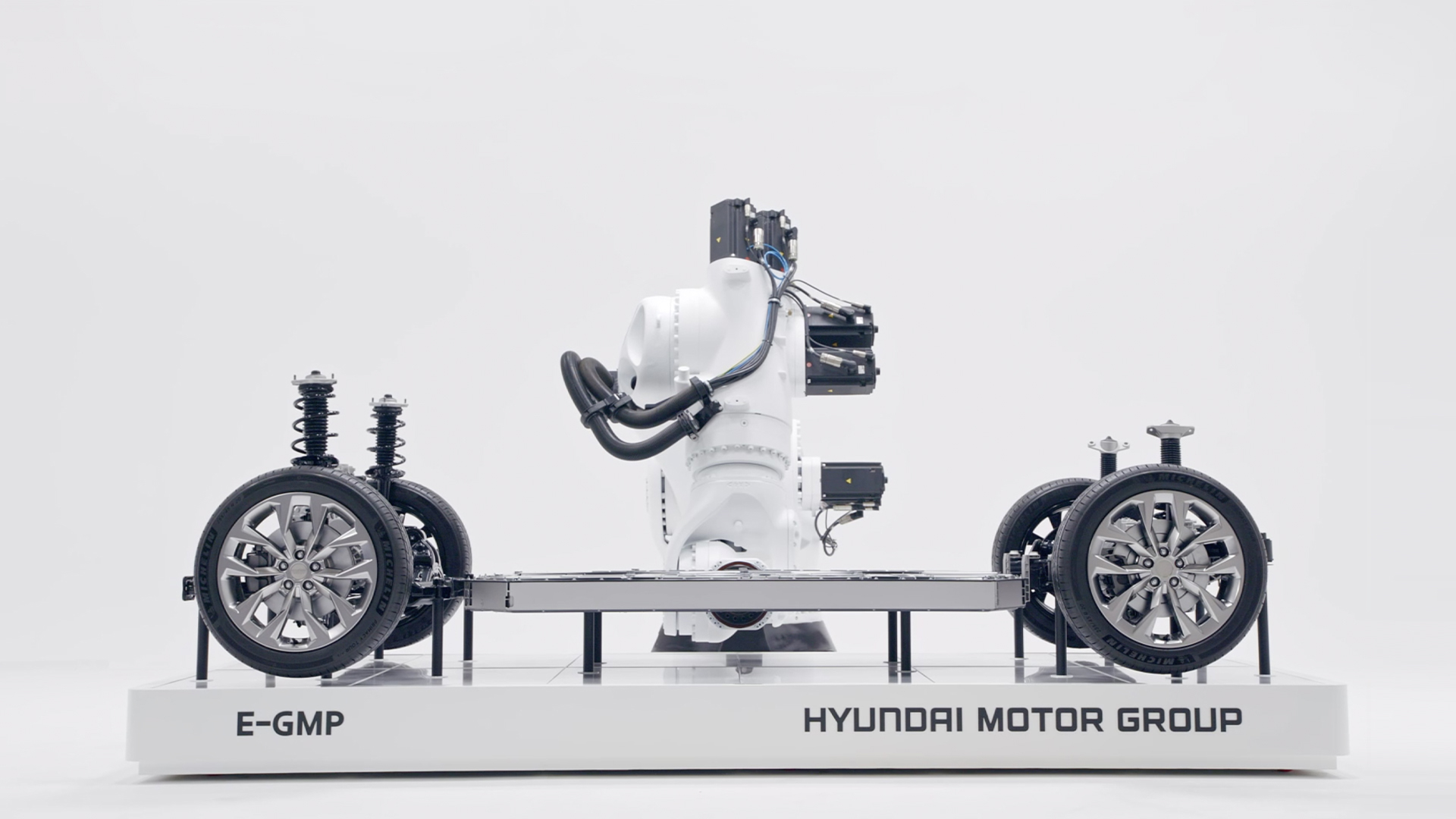
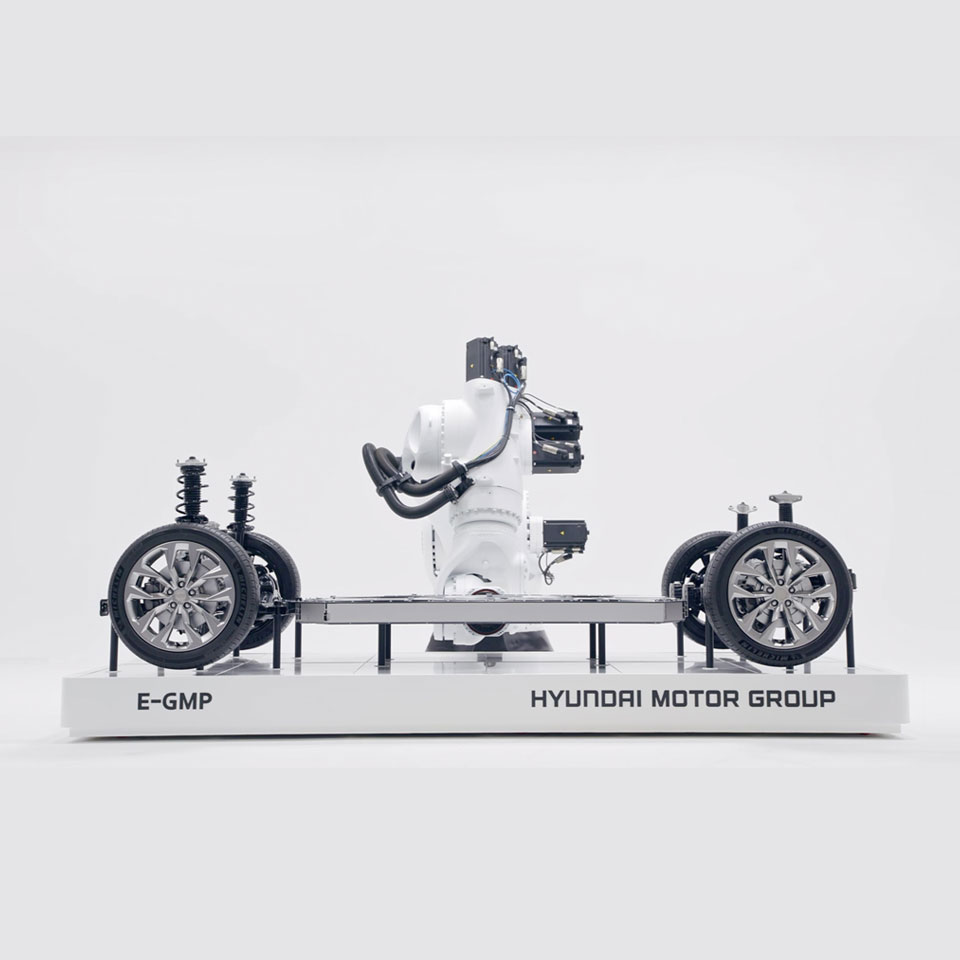
The Crux of Mobility’s Sustainable Future
2022.01.17 16min read